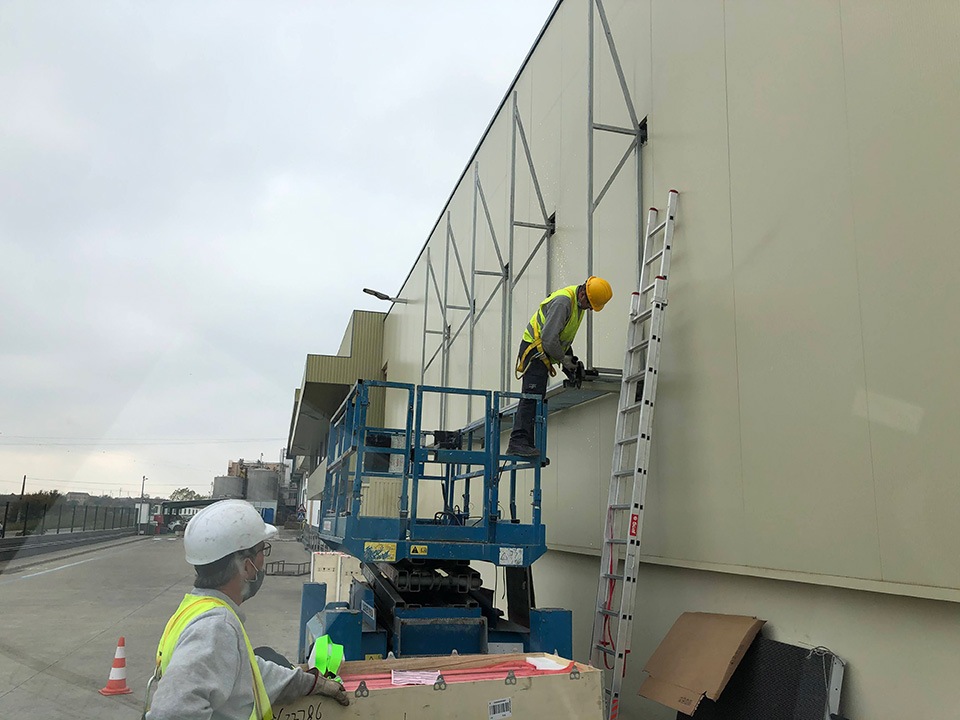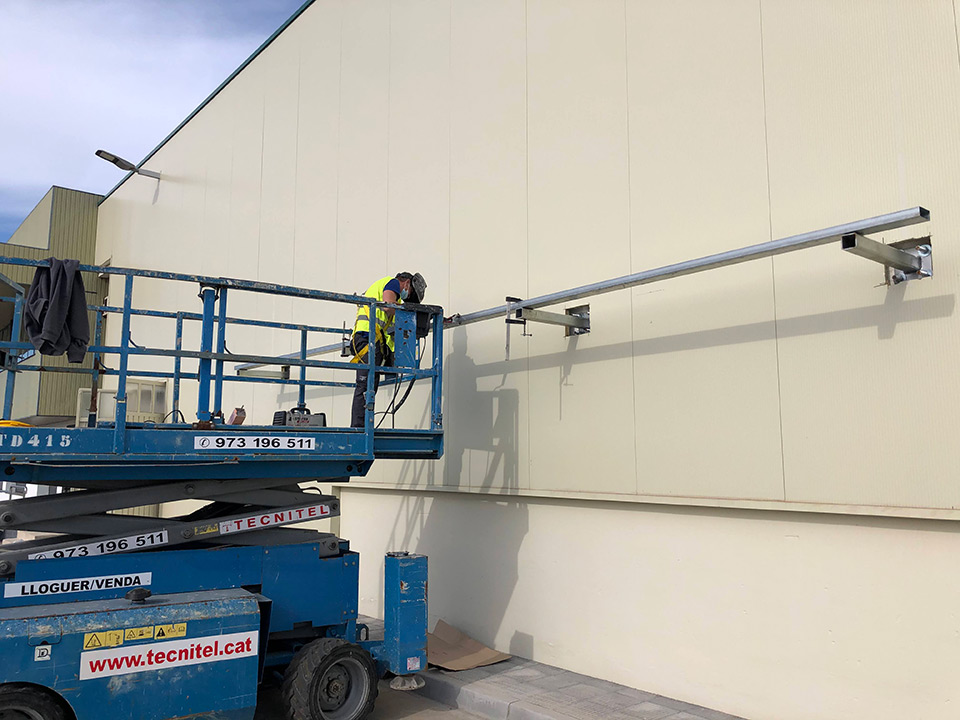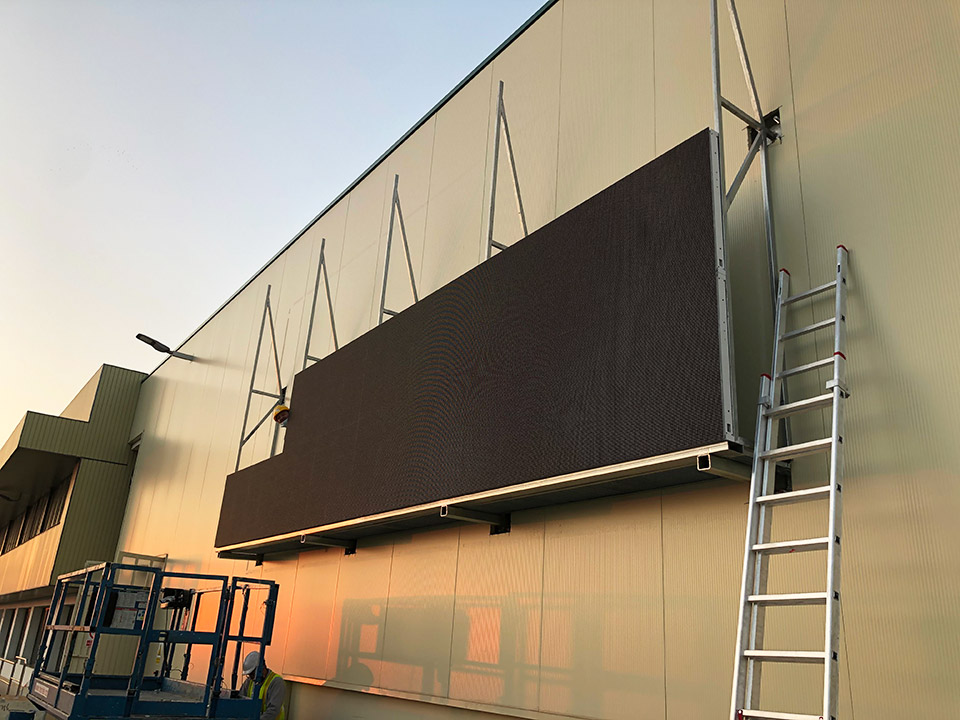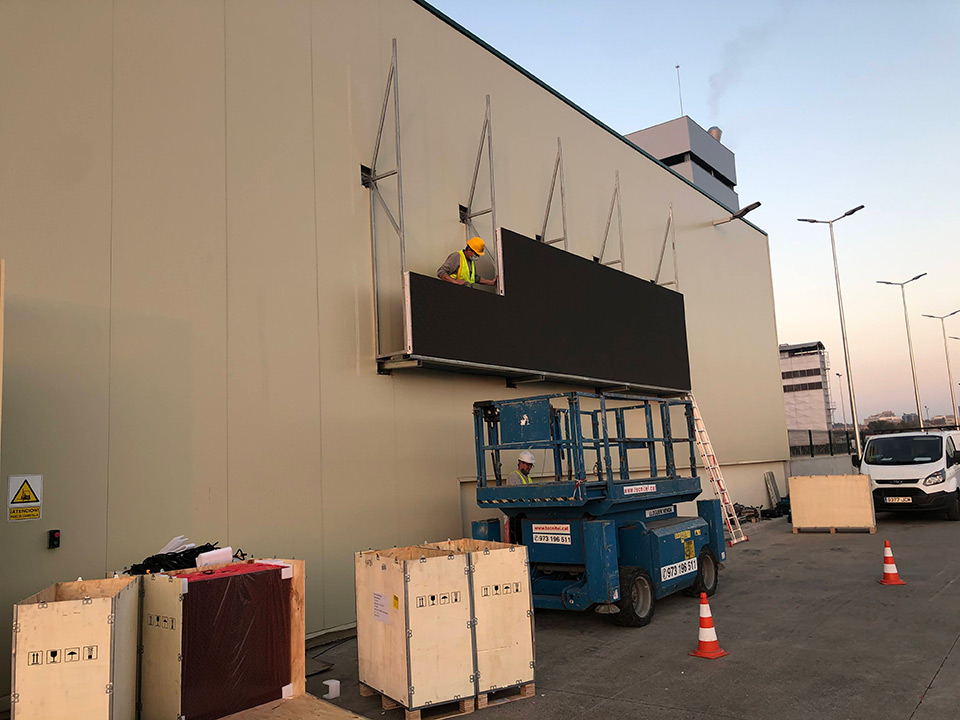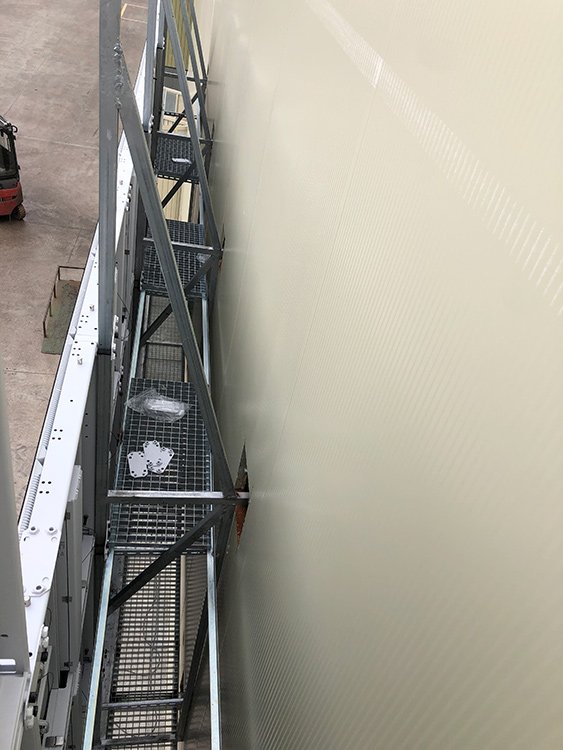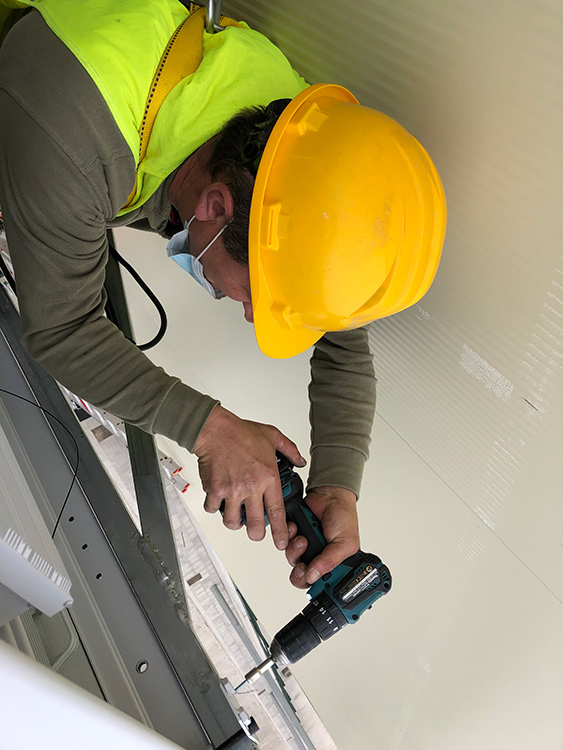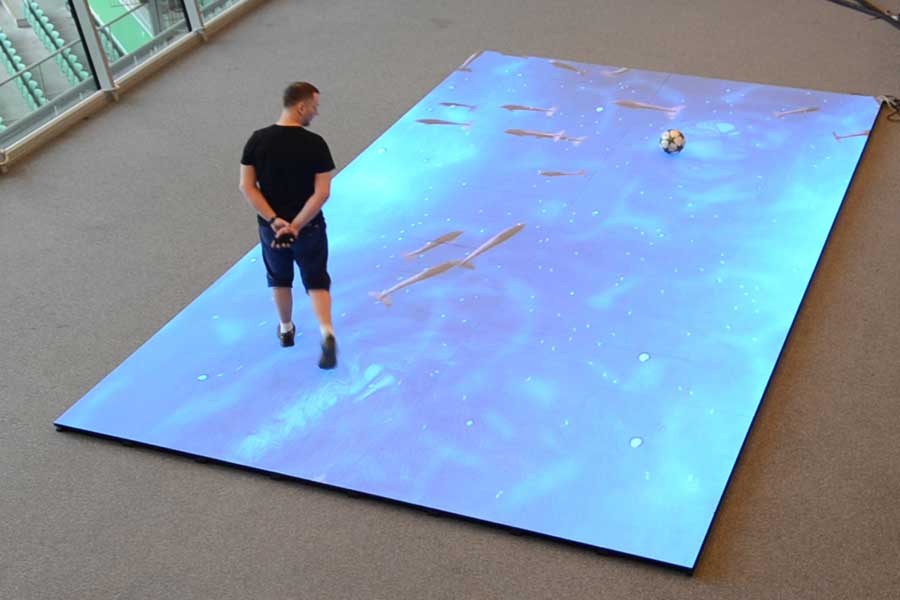LED screens offer a wide range of possibilities in the advertising or retail sectors, since it has enormous capacities for adaptation in the architecture of where it is installed. In most cases, this means building a structure that can support both the advertising LED display and the necessary electronic equipment.
There are different factors that influence the manufacture of structures for professional LED screens, all of them have to be related to each other to achieve a good result.
Material for LED screen structure
There are different materials depending on where the installed LED screen goes.
Indoor or outdoor LED screen structure
Indoor screens use simpler materials because they are not directly exposed to atmospheric media, so they do not have to meet the strict waterproofing standards (IP65) required by outdoor structures. If the screen is located indoors, the ventilation system is not needed, so the structure can be simplified.
Structures for indoor LED displays are usually made from folded, laser-cut metal plates: their versatility and relatively low weight allow them to be manufactured with high precision. In contrast, outdoor screens tend to be larger and heavier, which requires more complex structures. Together with them, their structures are formed by sections of welded rectangular tubes or aluminum profiles that are generally used for frames and perimeter beams.
Structure for Modules vs. Cabinets
If the screen is made up of LED modules, a perforated sheet metal plate or grid is usually made, so that either magnetic anchor or mechanical anchor, they can be wired and fixed correctly.If the screen is made up of Cabinets, folding panels and structural profiles can be used.
Creation of modules for LED structures
Modular LED displays are better for transportation and allow the replacement and maintenance of damaged modules or parts.
On the other hand, one-piece structures are simpler to install and no hardware is required to mount them.
Importance of weight in the structures of LED screens
The ideal structure is the lightest with the least weight.This aspect is directly related to the material, since aluminum is lighter than stainless steel, but has less resistance to certain weights.
Generally, the corners are the most stressed areas of the structure and therefore it is where it should be reinforced the most. Another option is to reduce the thickness of the section as much as possible.
The design and finishes of the structure of the LED screens
The design and finishes of a structure for LED screens can improve the overall appearance of the project. In outdoor structures, all the welds are polished to later give them a coat of primer and several of paints. The main purpose of the frame is to fix the components in place. Both geometric and organic shapes can be used for decorative structures, especially when they represent an important part of the installation.

